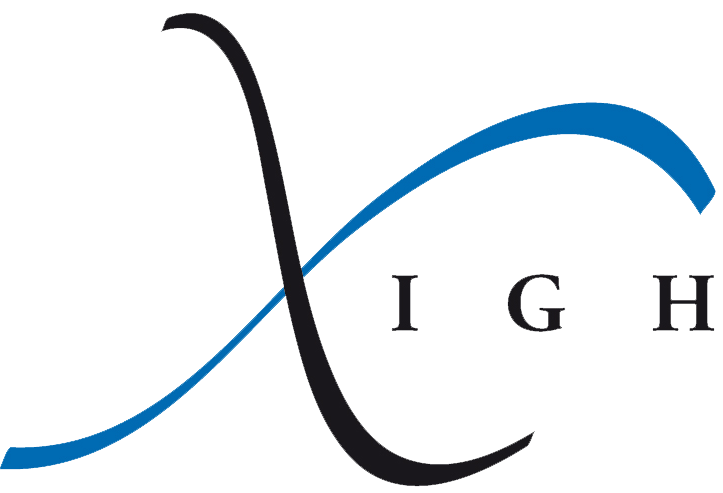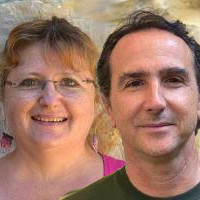Pluripotent Stem Cells and Organoids facility
The « Pluripotent Stem Cells » facility proposes training into the culture of embryonic stem cells (ESCs) and induced Pluripotent Stem Cells (iPSCs).
The facility also hosts the « brain and intestinal organoids » platform, as an alternative to pre-clinical mouse models, that belongs to the Montpellier organoids platform (POM).
The organoids platform offers the development of :
- Brain Organoids (minibrains) from iPSCs and ESCs.
- Glioblastoma Organoids
- Intestinal Organoids from healthy mouse intestinal epithelium following the protocol developped from H.Clevers (Sato T, Nature 2009).
The platform makes available to the scientific community the CellenONE cell sorter (Cellenion) for fragile cells/tissus.
The CellenONE allows automated cell sorting and best-in-class clonal out-growth cloning using a monocellular sorter based on acoustic manipulation. The machine is located in the cell culture room 30 (ground floor) of the Institute of Human Genetics.
A dedicated engineer ensures training and advices to the users and help to develop specific projects. She gurantees a continous service through a regular maintenance and development of possible applications of the machine. A reservation web site will be soon available. The service is accessible upon payment. It is open to internal and external academics, clinical users, as well to private companies. Acces to the machine is possible upon an obligatory training ensured by the dedicated engineer of the platform.
You can contact the engineer for any projects involving 3D cultures, such as spheroids, organoids, tumoroids of human, animal or vegetal origin.
As a further information, special prices for reagents provided by Promega, Sigma, Peprotech, Fisher Thermoscientific, StemCell technology, Eurobio, Biotechne (R&D, Tocris), Miltenyi, Corning, Startsted, Euromedex, Ozyme, and Cliniscience are available for POM members only.


